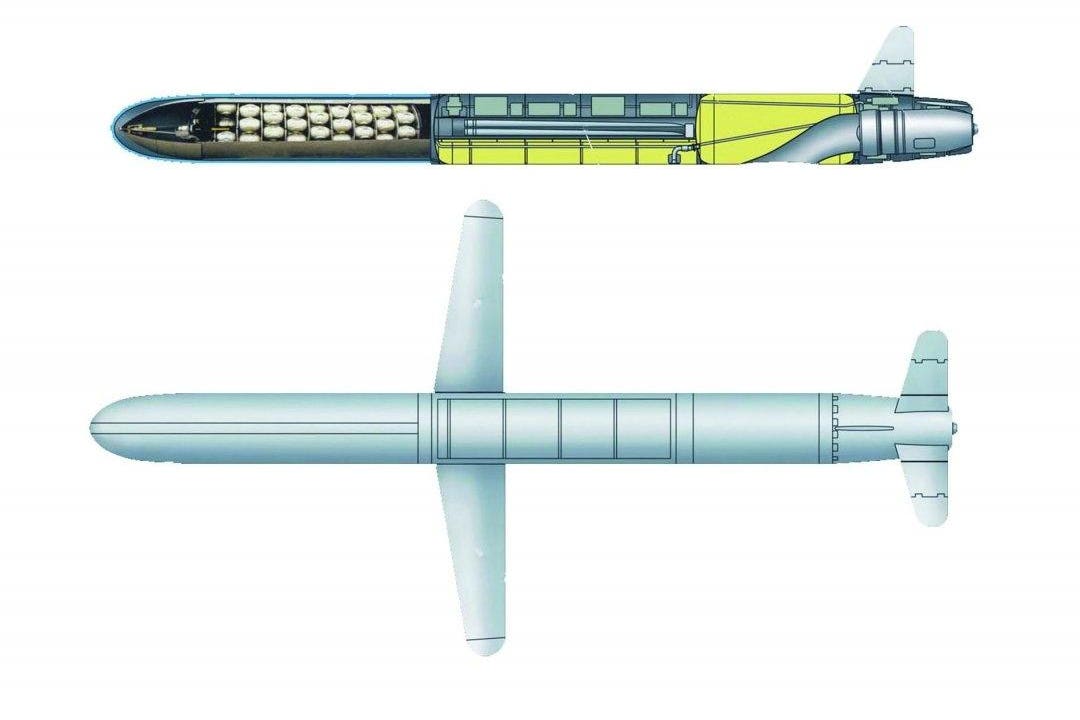After the collapse of the Soviet Union in 1991, newly-independent Ukraine scrambled to provide for its own defense. The flurry of new weapons programs included at least one effort to produce a ground-launched, long-range cruise missile in the class of the American Tomahawk. An autonomous precision munition that could strike enemy targets a thousand miles away or farther.
Nothing came of the Yuzhnoye State Design Bureau’s Korshun cruise-missile project—unless, of course, you count the successful Iranian espionage effort that smuggled plans for the missile out of Kyiv between 1997 and 2001.
But the technology and expertise Ukraine needs to complete the Korshun still exist; Yuzhmash actively was marketing the design as recently as 2018.
Now Ukraine has a compelling reason finally to finish the Korshun: Russia’s 19-month wider war on the country.
This isn’t just speculation. In one of his last interviews before Ukrainian president Volodymyr Zelensky fired him on Sunday, disgraced former Ukrainian defense minister Oleksiy Reznikov said that, in order to hit targets deep inside Russia proper, Ukraine’s military needs a munition capable of traveling 2,000 kilometers. That’s 1,240 miles, roughly halfway the distance across Russia from east to west.
Asked if Ukraine was developing such a munition, Reznikov answered, “Yes.”
Ukrainian forces already have improvised a wide array of deep-strike weapons—among them, modified jet-powered reconnaissance drones and old surface-to-air missiles tweaked for surface attacks—and have aimed them at Russian air bases, headquarters and factors as far away from the Russia-Ukraine border as Moscow, 250 miles distant.
A purpose-built cruise missile would allow the Ukrainians to strike far-away targets more frequently and with greater precision.
A cruise missile is only as good as its engine and its guidance, of course. For the Korshun, Yuzhmash borrowed the R-95 turbofan, produced by Ukrainian firm Motor Sich. The R-95, which Motor Sich now calls the MS-400, isn’t a new engine. It powered the early models of the Soviet Kh-55 cruise missile in the early 1980s.
But the R-95 is compact, efficient and produces 900 pounds of thrust—enough to propel a two-ton cruise missile at subsonic speed over a distance of a thousand miles or more. For guidance, Yuzhmash blended old-school inertial navigation with satellite positioning.
The main reason Yuzhmash isn’t already building Korshuns is the most obvious one. Money. “Billions … need to be invested,” Reznikov said. “This should have been done a long time ago.”
Better late than never: it seems Ukraine finally is spending the money to complete the Korshun or a similar deep-strike missile. Once it’s ready, it should extend by hundreds of miles the range at which Ukrainian forces can strike targets in Russia.
Read the full article here





